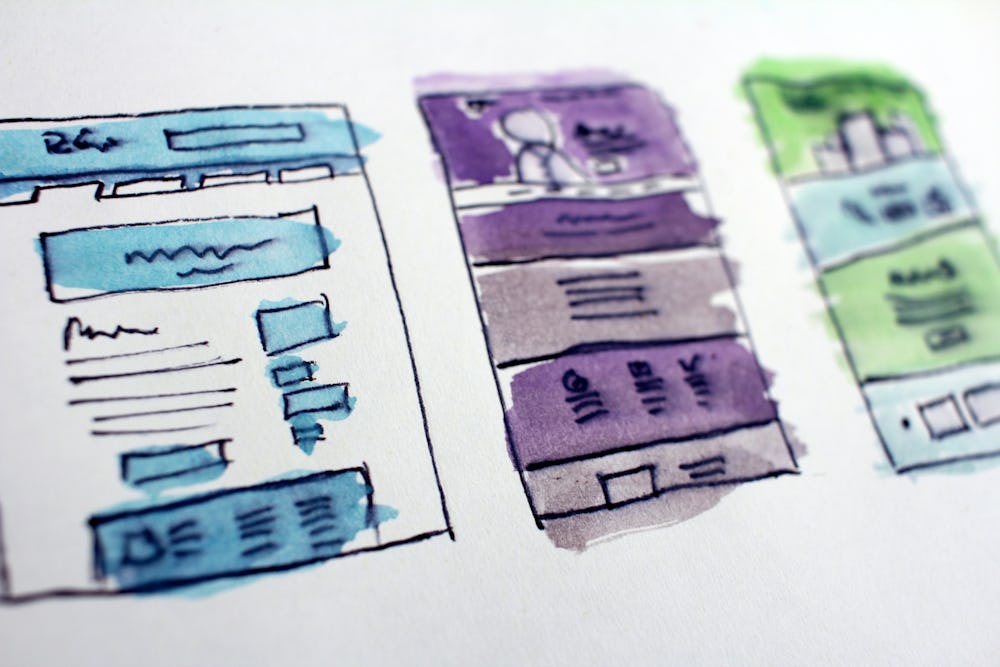
The Value of Prototypes
Every innovation starts with an idea - a brilliant, exciting idea that will hopefully set the world on fire. Once you have an idea like this, the next question is often, “How can I turn my idea into a software application, and get it into the hands of users, as quickly as possible?”
The temptation every innovator feels is to forge straight ahead, create the app, and realise your dream. We know - we’ve been there.
But the reality is that an iterative design process with lots of testing, user feedback, and redesigns, has a much better chance of success. In the early stages of design it is easy to make assumptions or misjudge what end-users really want. By posing the right questions to the right people as early as possible, you can get answers which will save your project huge amounts of time and money.
And what is the first stage in a good iterative design process? The prototype - a quick and inexpensive version of your development designed only for generating user feedback.
Investing in a prototype stage might seem counterintuitive. After all, a prototype app isn't the real thing, and doesn't have any real use once the prototype stage is over. Wouldn’t it be quicker and cheaper just to start building a minimum viable product, or MVP?
The money and time investing in a prototype pays huge dividends as the development process progresses. Feedback from a prototype explains exactly what users want, how they want it, and how much they value each feature. And prototypes test and validate the most critical part of the entire innovation - your idea.
The prototype process explained
Software prototypes are created for testing a new concept with real users as quickly as possible. They are created using tools which allow them to be updated quickly in a highly compressed design cycle. Each iteration produces feedback which is used to refine and improve the concept before more intensive development work begins.
Prototyping answers three critical questions:
- What problem is your product meant to solve?
- Who are the expected users?
- What features do you think are required to solve the users’ problem?
What the prototype process produces:
- A functioning or semi-functioning prototype that can be demonstrated to users, investors, and other project stakeholders.
- Detailed analytics explaining how the prototype was used by testers.
- Insights gathered from users through surveys, interviews and analytics.
- A pool of potential users for further rounds of testing.
- Evidence to inform what should or shouldn't be included in the next development stage.
Why choose Rocketmakers to build your prototype?
- We are used to working within tight time frames and budgets, and can identify the most important issues to test with a prototype.
- We have the technical expertise to code custom features in a prototype when needed.
- Our prototype designers work with developers to ensure the prototypes reflect feasible application designs.
- Developers and designers working together ensures what is learned through prototype design feeds into the development process.
How we work
- We hold an early workshop to determine largest areas of risk in a product
- We formulate a plan for how we want to test those areas of risk, depending on budget, number of users available to test
- We conduct surveys and interviews with users about their expectation of the product
- We build the prototype to test the most important questions.
- We onboard users and monitor their activity during testing through analytics
- After the test we analyse the analytic data and conduct further interviews.
- We draw conclusions: what did we learn, and is there more we can test?
If we can help you with your prototype, we'd love to hear from you! Get in touch to start the conversation.
Image by Hal Gatewood on Unsplash.
